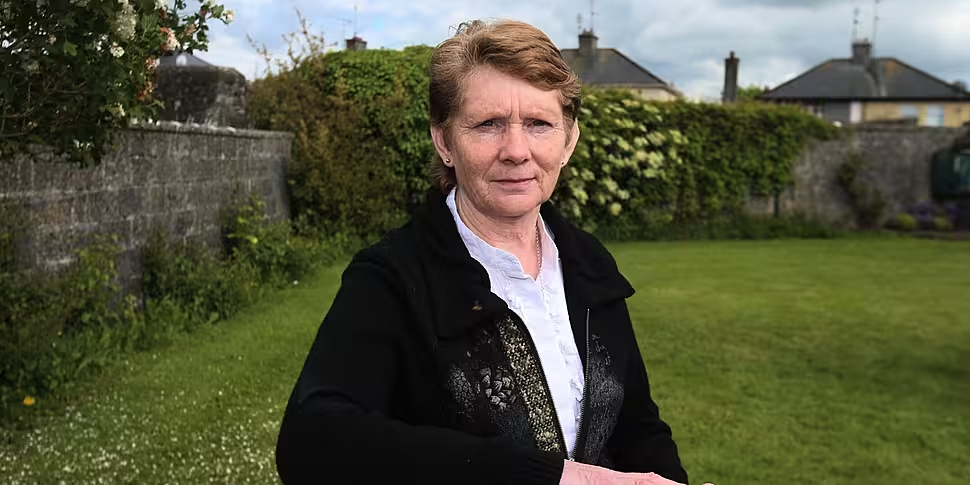The exhumation of the babies buried at the Tuam Mother and Baby Home will "bring closure" to bereaved families, Catherine Corless has said.
More than a decade ago, the local historian shocked the world when she revealed that 796 babies had died at the County Galway Mother and Baby Home.
The Commission of Investigation into Mother and Baby Homes concluded that "significant quantities of human remains" had been buried in and around the home’s sewage tank.
Today, preliminary works will begin ahead of a full-scale excavation of those babies buried on the site.
On Newstalk Breakfast, Ms Corless said she was “delighted today that it’s happening finally.”
“We’re not 100% sure how many there’s going to find,” she explained.
“All we know for certain is from the test excavation done back in 2016 and 2017 that home babies’ remains were carbon dated to the time of the home babies.
“Because they did a test excavation and took some bone samples.
“Those who are in the chamber within a very large sewage tank - everyone knows about that area because it’s been in the media for so long.
“That’s all we know for certain.”
 Local historian Catherine Corless at the site of a mass grave for children who died in the Tuam Mother and Baby Home. Picture by: Alamy.com.
Local historian Catherine Corless at the site of a mass grave for children who died in the Tuam Mother and Baby Home. Picture by: Alamy.com.Tuam exhumations
Ms Corless added that she “always hoped” the site would be excavated but feared things were moving too slowly.
“It’s wonderful really,” she said.
“I’s wonderful for all the survivors and the families of those babies who are in that sewage system.”
Ms Corless continued that she has been asked “many times over and over again” why the babies should be exhumed, rather left to rest in peace where they are.
For her, it is a question of giving them the dignity in death they were denied at the time of their burial.
“To me, how on earth could any family rest in peace, knowing that their loved ones were just discarded into a sewage system?” she said.
“So, it’s to do all that and to bring closure to the families of those babies and children.”
 The Mother and Baby Home in Tuam. Photo: Laura Hutton/RollingNews.ie
The Mother and Baby Home in Tuam. Photo: Laura Hutton/RollingNews.ieDespite this chorus of critics, Ms Corless added that she was “so delighted” that she had persevered and continued to campaign on the issue.
“My intention was to be a voice for the voiceless because they had no voice,” she said.
“The priorities of the Government and everybody else involved was just to forget about them and just put up a plaque.
“I said, ‘You can’t do that, we have to have an inquiry’ - and a lot of good has come out of that.”
It is thought that a child died over average nearly every fortnight at Tuam Mother and Baby Home between the mid-1920s and 1960s.
Main image: Catherine Corless at the site of a mass grave for children who died in the Tuam Mother and Baby Home in 2014. Picture by: Niall Carson/PA Archive/PA Images.









